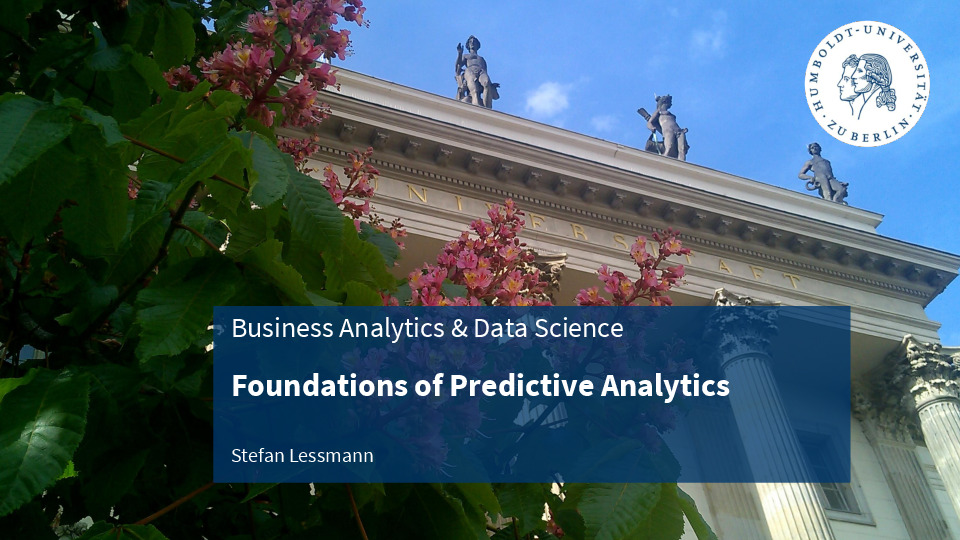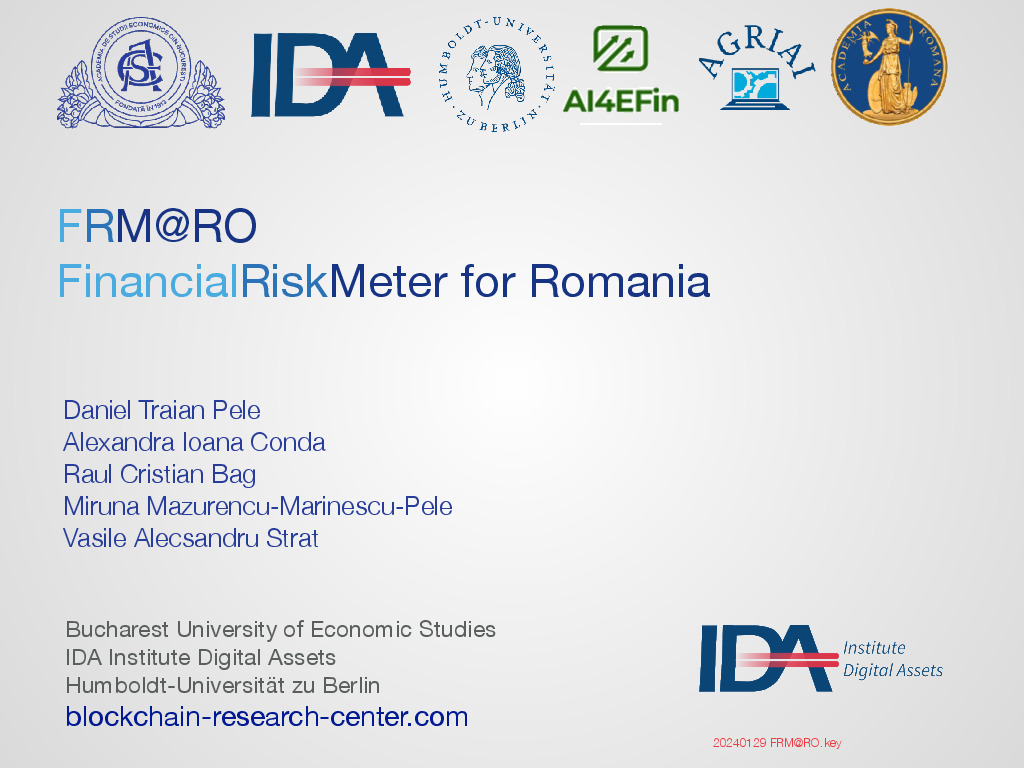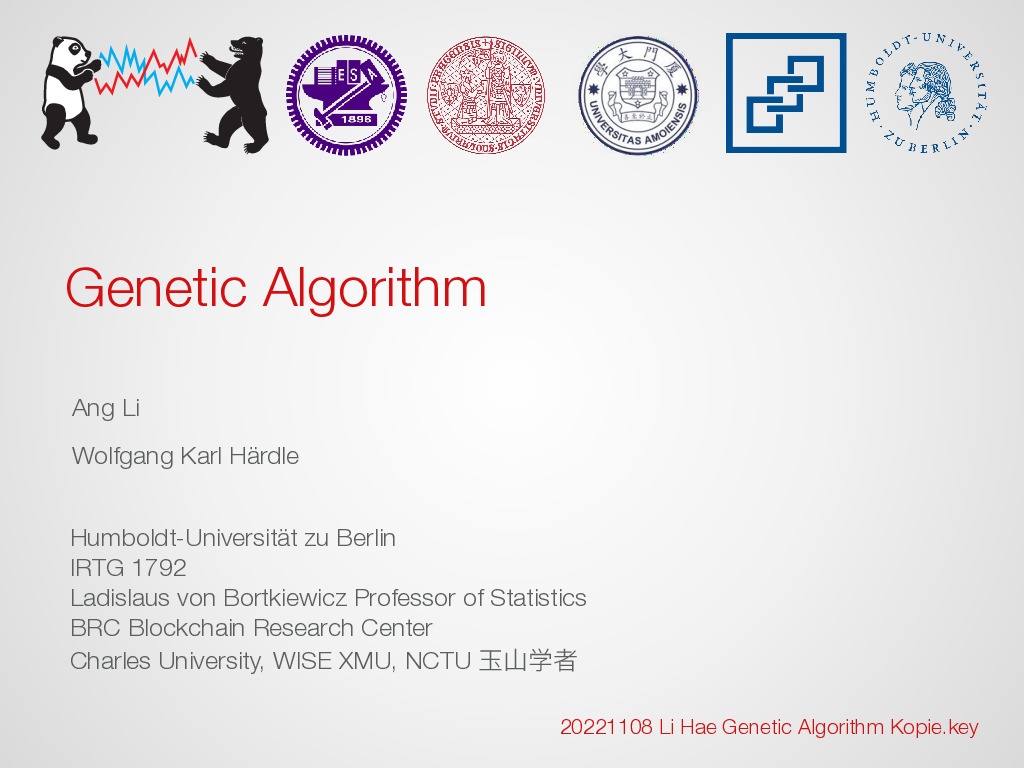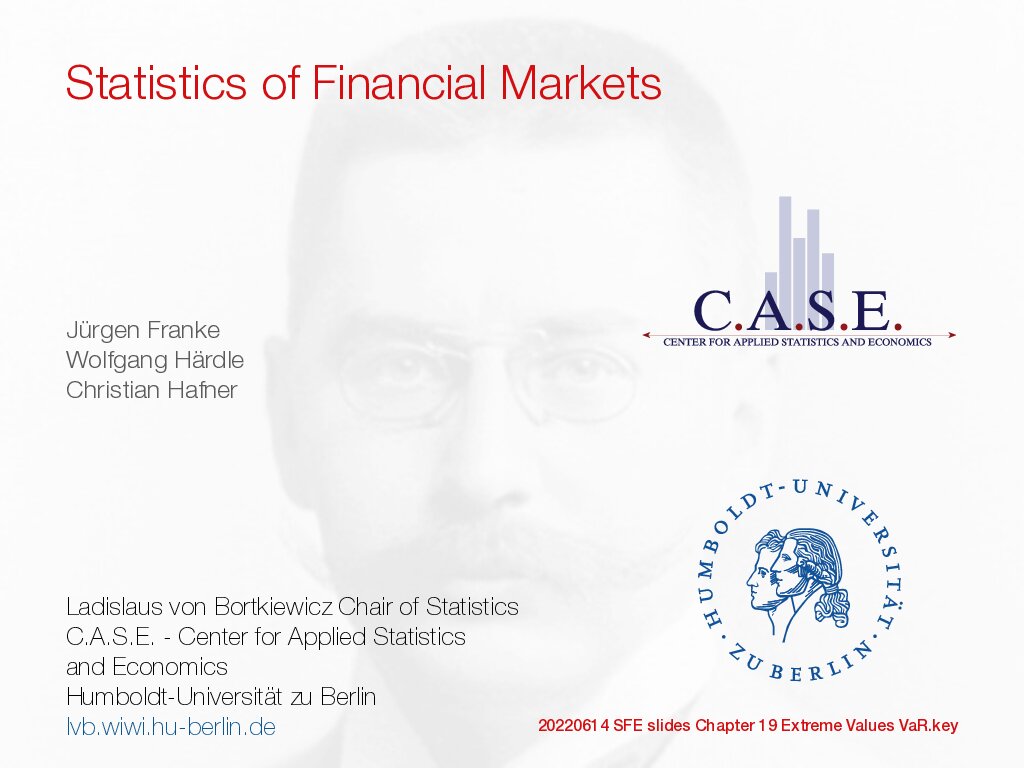Foundations of Predictive Analytics- Part 2
-
- 0 Rating
- 0 Reviews
- 2 Students Enrolled
Foundations of Predictive Analytics- Part 2
Thw, "Foundations of Predictive Analytics - Part 2" section of the course, delves into linear regression models, explaining their principles, estimation, and application in business contexts like resale price forecasting. The document offers a comprehensive understanding of regression techniques and their role in predictive analytics.
-
- 0 Rating
- 0 Reviews
- 2 Students Enrolled
Requirements
- Foundations of Predictive Analytics- Part 1
General Overview
Description
-
Linear Regression Model:
- Explanation of the linear, additive feature-to-target relationship.
- Famous regression equation in the context of resale price forecasting.
- Visualization of how regression models explain variation in target variables.
-
Regression Model Estimation:
- Understanding parametric models, loss functions, and residuals.
- Steps to determine free parameters and optimize model fit.
- Intuition behind regression model estimation using concepts like equilibrium solutions.
-
Least Squares Loss Function:
- Definition and calculation of the squared-error loss.
- Formalization of model estimation and finding optimal solutions.
- Example of linear regression with a squared-error loss function.
-
Supervised Learning Algorithm:
- Model specification and estimation for continuous target variables.
- The two-stage paradigm in supervised machine learning.
- Differences between empirical risk minimization and structural risk minimization.
-
Dual Role of Linear Regression:
- Linear regression as both an explanatory and predictive model.
- Practical applications in forecasting and understanding feature-target relationships.
Learning Outcomes
By the end of this section, you will be able to:
-
Understand Linear Regression:
- Grasp the fundamentals of linear regression models and their assumptions.
-
Estimate Regression Models:
- Learn how to determine free parameters and optimize model fit using loss functions.
-
Apply Regression in Business Contexts:
- Utilize linear regression for practical applications like resale price forecasting.
-
Comprehend Supervised Learning:
- Understand the two-stage paradigm and its significance in machine learning.
-
Differentiate Model Roles:
- Recognize the explanatory and predictive capabilities of linear regression models.
Recommendations
There are no strict prerequisites for starting this section. However, continuous engagement and completing the videos in the recommended section along with the provided PDFs will significantly enhance your understanding of predictive analytics.Upon completion, the next recommended section is "Foundations of Predictive Analytics - Part 3". This will build on the knowledge gained in Part 1 and 2, delving deeper into advanced topics and further practical applications of predictive analytics.Actively participate and practice the concepts learned to apply predictive analytics effectively in real-world scenarios.
Recommended for you
Meet the instructors !
I'm Saloni, a student assistant at HU Berlin. Currently, I'm immersed in managing video content and crafting courselets for business analytics.
Stefan received a PhD from the University of Hamburg in 2007, where he also completed his habilitation on decision analysis and support using ensemble forecasting models in 2012. He then joined the Humboldt-University of Berlin in 2014, where he heads the Chair of Information Systems at the School of Business and Economics. He serves as an associate editor for the International Journal of Business Analytics, Digital Finance, and the International Journal of Forecasting, and as department editor of Business and Information System Engineering (BISE). Stefan has secured substantial amounts of research funding and published several papers in leading international journals and conferences. His research concerns the support of managerial decision-making using quantitative empirical methods. He specializes in applications of (deep) machine learning techniques in the broad scope of marketing and risk analytics. Stefan actively participates in knowledge transfer and consulting projects with industry partners; from start-up companies to global players and not-for-profit organizations.














